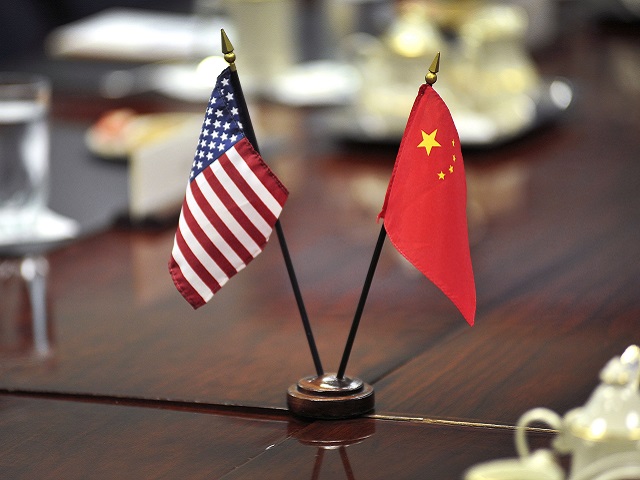
WASHINGTON, DC – A fast-moving series of trade signals from the White House and key partners is resetting the near-term outlook for U.S. agriculture. President Trump said he expects a “very fair” meeting with China’s President Xi on Thursday in South Korea, with Treasury Secretary Scott Bessent adding that Beijing will resume “substantial” U.S. soybean purchases for several years and delay its new rare-earth export licensing regime by one year. Chinese officials echoed a conciliatory tone, saying a consensus was reached on tariffs, export controls, port fees, trade expansion, and fentanyl enforcement—positioning agriculture for a potential demand bump if farm commitments are inked alongside a separate TikTok ownership deal.
Trump also said the U.S. is moving toward a trade deal with Brazil and is “pretty close” on a South Korea agreement. At the same time, Washington unveiled reciprocal frameworks with Vietnam, Thailand, Cambodia, and Malaysia. The Southeast Asia packages keep baseline tariffs (roughly 19–20%) but carve out product lanes that could qualify for 0% reciprocal rates, with Malaysia pledging better access to rare earths and fewer non-tariff barriers. Cambodia’s accord is the most liberal, dropping tariffs on 100% of U.S. industrial, food, and agricultural exports—opening immediate room for U.S. grains, oilseeds, meat, and dairy.
Tensions rose elsewhere: Trump announced an immediate 10% tariff increase on Canada, sharply escalating a dispute with a critical ag partner. Any prolonged tariff friction risks friction for cross-border beef, pork, dairy, canola, wheat, and specialty crops, and could complicate feeder cattle flows if broader measures spill beyond goods. By contrast, the mooted Brazil track—if it includes tariff relief—could influence trade flows for beef, ethanol, and soy products, depending on the final carve-outs.
For row crops, a China buying restart would tighten Gulf elevation capacity and widen PNW programs, supporting nearby soybean basis and potentially soymeal spreads. Expanded Southeast Asian access favors U.S. corn, DDGS, soymeal, and poultry/pork into Vietnam, Thailand, Malaysia, and Cambodia. On livestock, Canada tariffs inject uncertainty into red-meat and dairy supply chains, even as broader Asia openings could add beef and variety meat demand over time.
Farm-Level Takeaway: Watch for near-term soybean sales flashes if China commitments are formalized; plan for basis pops and freight tightness. Hedge Canada-exposed livestock and dairy flows against policy risk, while probing new Southeast Asia lanes for corn, soymeal, poultry, and pork under emerging 0% tariff carve-outs.








